Curatorial Project 5 - "Time Out Of Mind"
"Time Out Of Mind"
curated by Todd Levin
Sprüth Magers Berlin
16 November 2011 - 21 January 2012
Artists: Tony CONRAD, Sol LEWITT, Gordon MATTA-CLARK, Anthony MCCALL and Dorothea ROCKBURNE
For more info, please go to:
https://spruethmagers.com/exhibitions/time-out-of-mind-group-exhibition-berlin/
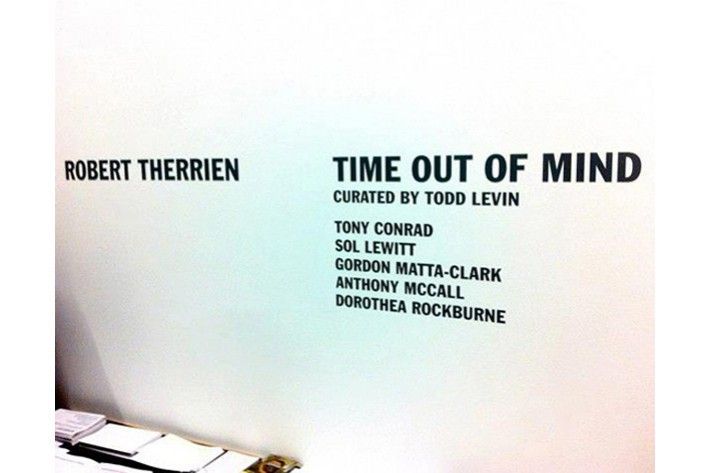
Entrance wall
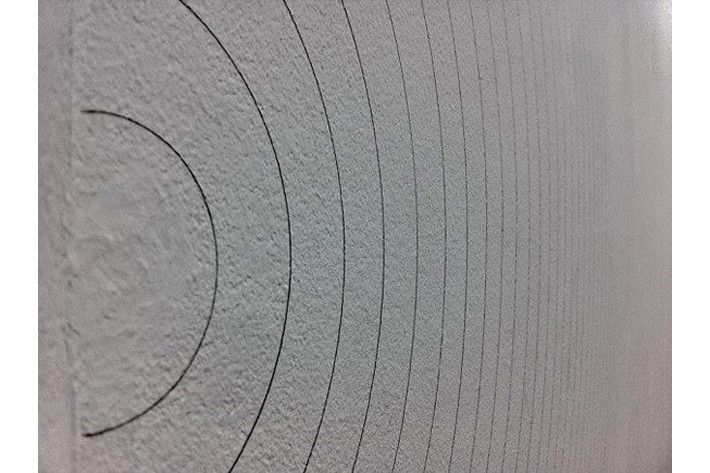
Sol LEWITT “Arcs for the midpoint of one side” 1973 (detail)
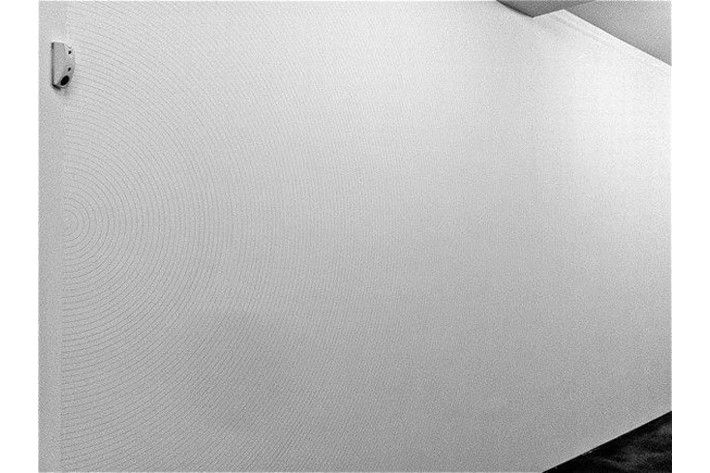
Sol LEWITT “Arcs for the midpoint of one side” 1973
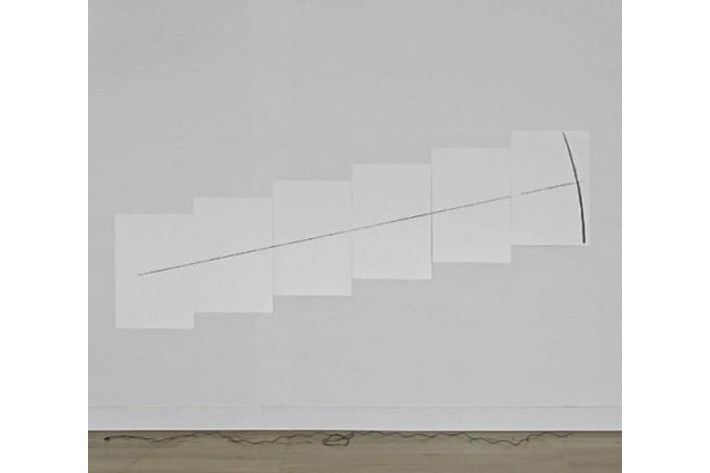
Anthony MCCALL “Five Minute Drawing” 1973
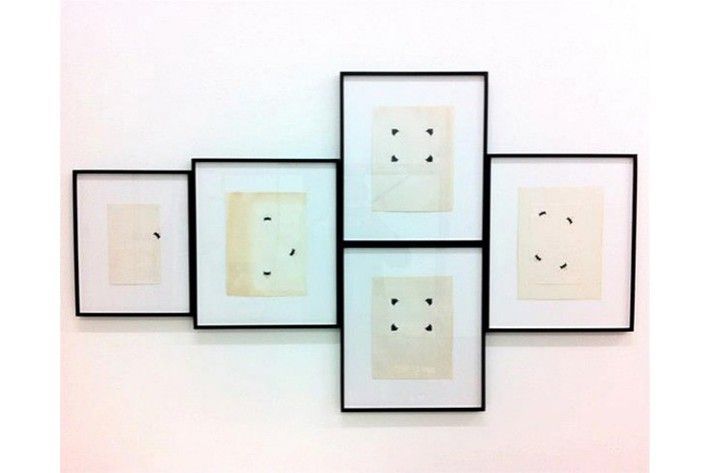
Tony CONRAD “Untitled” 1974
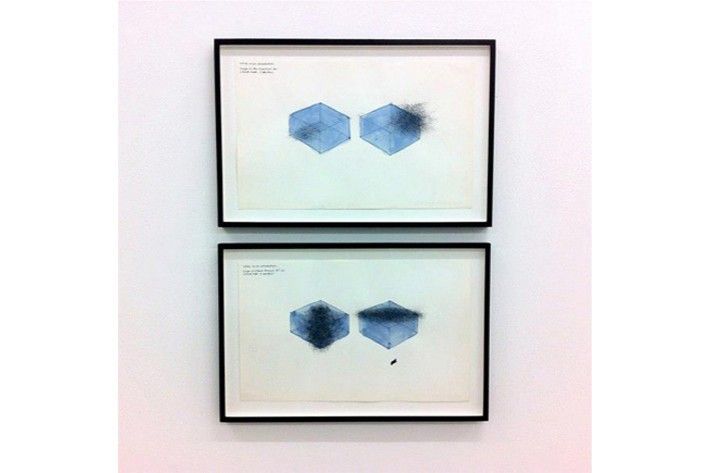
Anthony MCCALL “White Noise Installation” 1973/4
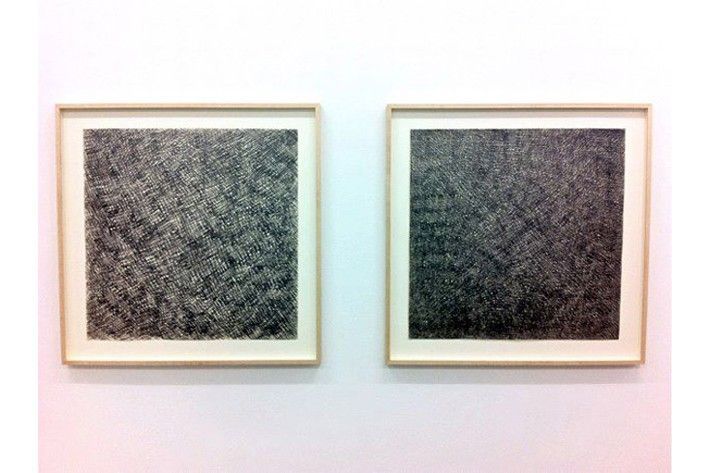
Anthony MCCALL “Pencil Duration” 1973/4
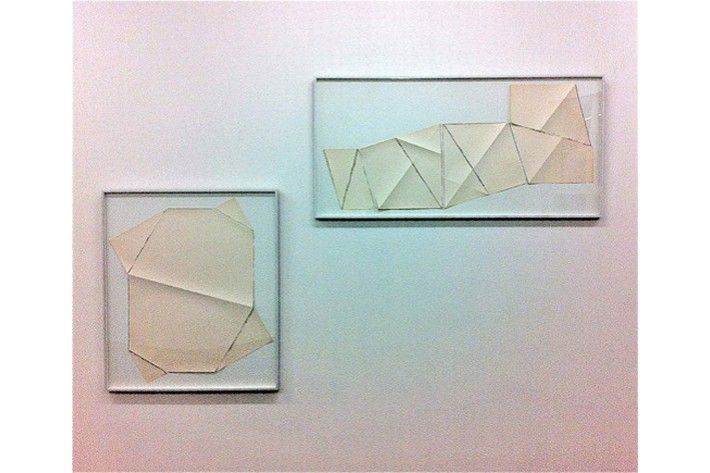
Dorothea ROCKBURNE “Conservation Class” 1973
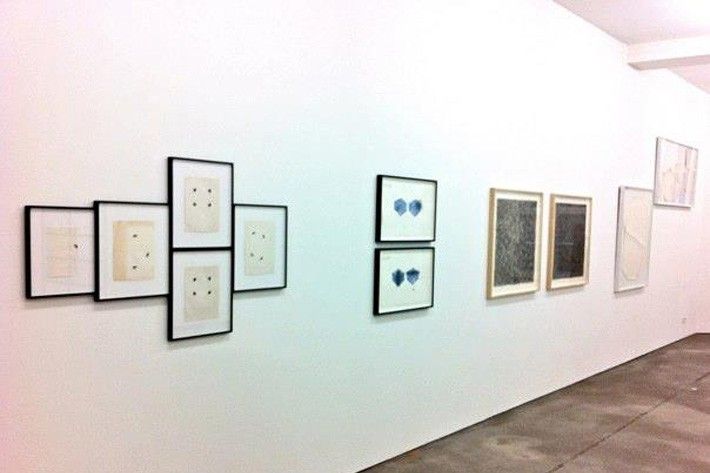
(left to right) Tony CONRAD, Anthony MCCALL, Dorothea ROCKBURNE
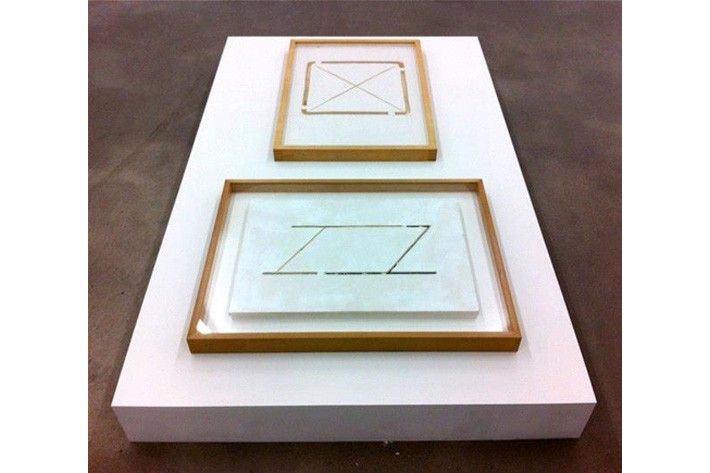
Gordon MATTA-CLARK “A W-Hole House” 1973
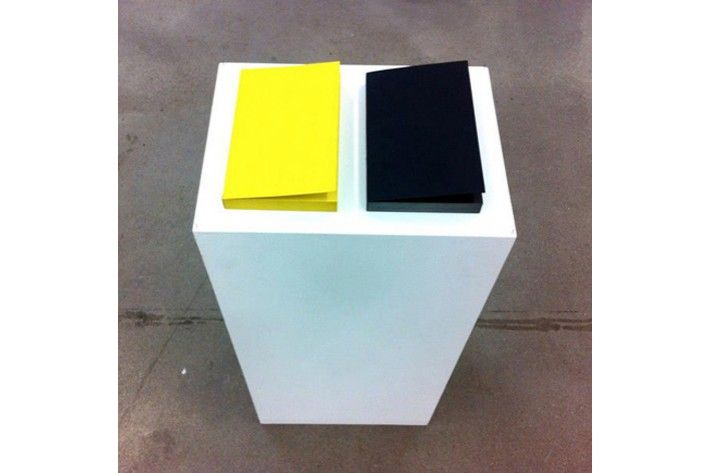
Anthony MCCALL “Colored Solids” 1973
![[foreground] Gordon MATTA-CLARK, [background] Anthony MCCALL](https://lirp.cdn-website.com/addff5e0/dms3rep/multi/opt/curat.5_12-1920w.jpg)
[foreground] Gordon MATTA-CLARK, [background] Anthony MCCALL
Curatorial statement:
The title 'Time Out Of Mind' is taken from a song by the American rock band Steely Dan, which featured on their 1980 album "Gaucho." The song’s subtext is about the use of heroin. Many users describe the state of mind heroin creates as a complete escape from everyday reality - almost an out of body experience - hence the feeling of spending ‘time out of one's own mind’. In this exhibition, five artists similarly attempt to escape from reality and expand their minds through alternative approaches to art making and in particular, drawing.
Drawing has always been a basic artistic practice. However, in the 1970’s, artists began to break away from the two dimensional everyday reality of drawing by confronting the concept of temporality. A collection of artists living/working in New York at that time and engaged in a lively exchange of ideas, turned their attention away from the representational properties of drawing, focusing instead on the technical and performative aspects of the art form.
One of these artists, British-born Anthony McCall (b.1946), is today internationally recognized for groundbreaking work which occupies a space between sculpture, cinema and drawing. The artist first took up filmmaking after moving to New York in 1973. The use of film allowed McCall to record performance works, which, in turn, led to an increasing interest in the medium of film itself, and the idea of making films that existed only in the present tense. McCall will enact the performance "Five Minute Drawing," first realised in 1974, during the opening of the exhibition. The drawing takes place in actual time as the viewer observes the act of creation. Using a string previously blackened with graphite, the spectator watches the artist trace an arc onto sheets of white paper mounted in ascending order on the wall. The work illustrates McCall’s investigations into the representation and incorporation of time - and specifically his concern with duration.
Tony Conrad (b.1940) similarly experiments with a variety of mediums, and is recognized as an experimental film maker, composer, musician and sound artist. Conrad’s work seeks to bridge the gap between institutional and discursive practises of art, film and music, borrowing from one to challenge the preoccupations of the other. Time is central to the musically informed suite of photo corners on paper, presented in the exhibition. A temporal order is implied through the physical layout of the five collages, which parade across the wall, reflecting the structure of a musical score. The sequential aspect of Conrad’s collages draw attention to the issues of production, performance and viewing.
Sol LeWitt (1928-2007) is widely regarded as one of the leading exponents of Minimalism and Conceptual art. His experiments with architecturally scaled wall drawings began in 1968 and were considered radical due to the aggressive use of temporality in this new form of drawing. According to the principle of the work, LeWitt’s wall drawings are a performative act, carried out by installers other than the artist, using set guidelines and simple diagrams. As with McCall’s "Five Minute Drawing," the performative aspect of the work is equally as significant as its representational value.
Similarly incorporating his interest in architecture in to his artistic practise, Gordon Matta-Clark (1943-1978) is best known for those works in which he dissected existing buildings, cutting into and opening them up. Originally trained as an architect, Matta-Clark converted buildings into gravity-defying, disorientating walk-through sculptures. On view will be cut drawings relating to the artist's 1973 project entitled "A W-Hole House," a square red-tiled house in Genoa, Italy, to which Matta-Clark added an atrium and, inside, a series of parallel horizontal slices. These hefty drawings of empty space have been created by the incision and removal of the material from the stucco and cardboard blocks. Matta-Clark labeled these drawings ‘Datum Cuts’, using them to give permanent expression to his difficult vision.
Canadian artist Dorothea Rockburne’s (b.1932) primary medium is paper of all kinds, from carbon and kraft paper to vellum and papyrus paper. Rockburne’s experiences as a dancer have informed her approach and developed her conception of art as a process, while her studies in mathematics and physics have also been a source of inspiration. The works on exhibition reveal how, in creating an artwork, the artist is guided by the properties of the material. "Conservation Class #5" and "Conservation Class #9" (both 1973) are self-generated drawings created by folding and mutilating the paper itself according to a geometric rule.
The purposely temporal actions of the five artists featured in the exhibition propelled the classic concepts of drawing into a new time and state of mind not experienced before in Art history.
- Todd Levin, November 2011
Press